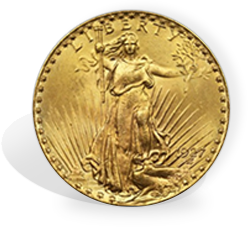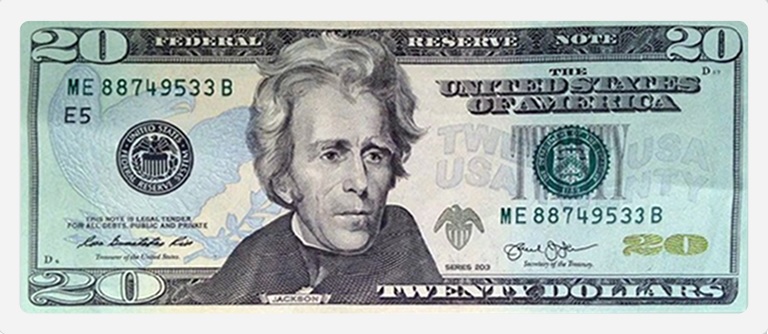- How gold and silver has historically outpaced inflation.
- How digital currency, could control your future spending power.
- How to protect and grow your retirement account.
- How to buy precious metals at close to dealer wholesale cost.
Did you know that Congress's Coinage Act of 1792 established the United States dollar as the country's standard unit of money, creating the United States Mint tasked with producing and circulating coinage? Initially defined under a bimetallic standard in terms of a fixed quantity of silver or gold, it formally adopted the gold standard in 1900, and finally eliminated all links to gold in 1971.
When gold coins' inherent worth increased in the early 1800s compared to their nominal silver coin counterpart, almost all gold coins were taken out of circulation and melted down privately. Because of this, the Coinage Act of 1834 reduced the weight of the country's gold coinage, changing the 15:1 ratio of silver to gold to a 16:1 ratio. As a result, a brand-new US dollar was established, with 1.50 grams (23.22 grains) of gold backing it. However, 1.60 g (24.75 grains) of gold had served as the symbol for the preceding dollar. The dollar's worth in gold decreased by 6% as a result of this revaluation, which was the first devaluation of the US currency.
Furthermore, coins made of both gold and silver were useful in trade for a while.
With the exception of the dollar, which was hardly ever used, the weights of American silver coins were decreased in 1853. As a result, even though it wasn't formal, the country was now essentially on the gold standard. The dollar coin's preserved weight was a tribute to bimetallism, even though it further reduced the use of the silver dollar coin in trade.

The prices of gold and silver are generally stable, which helps in increasing the purchasing power of gold and silver-based money.
True money has been described throughout history as a physical object that is valued and accepted for trade.
Various objects, such as tulip bulbs, seashells, and weapons, have all been used as currency throughout history. But none of those things have endured throughout time.
If you ask the average person to define “Money,” 99 out of 100 will likely answer “paper money,” the U.S. Dollar or a similar response. Technically, that’s an incorrect answer. Paper money is just government issued currencies, a form of debt. On the other hand, gold, and to a lesser extent silver, fit the historical definition of money and have for thousands of years.
So why has gold and silver survived the test of time as a true form of money? And why has gold and silver been universally accepted as money throughout recorded time?
Government-issued fiat currencies have also not been used. All fiat currencies have failed in the past and most likely will fail in the future.

In 1920, a U.S. twenty dollar bill and a twenty dollar Gold coin held the same value.Back then a $20 bill could buy a man a brand new suit.Due to today's declining dollar,that twenty dollar bill may not buy you a tie for a suit. However,the same twenty $20 dollar Gold coin is now worth over $2500. Now that"s an Inflation Hedge and long term security.
Here are a few reasons why gold and silver are well suited to be considered money: